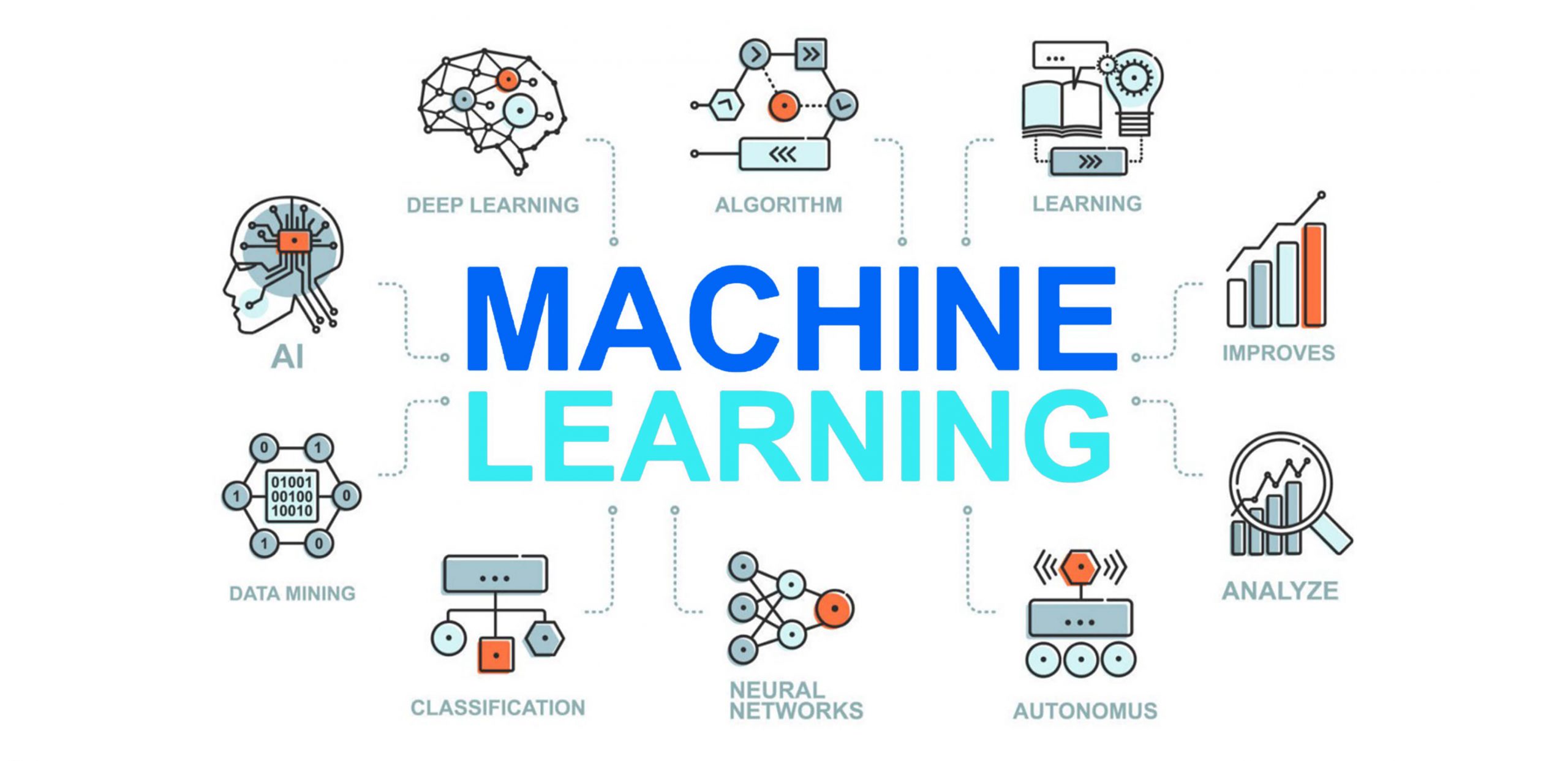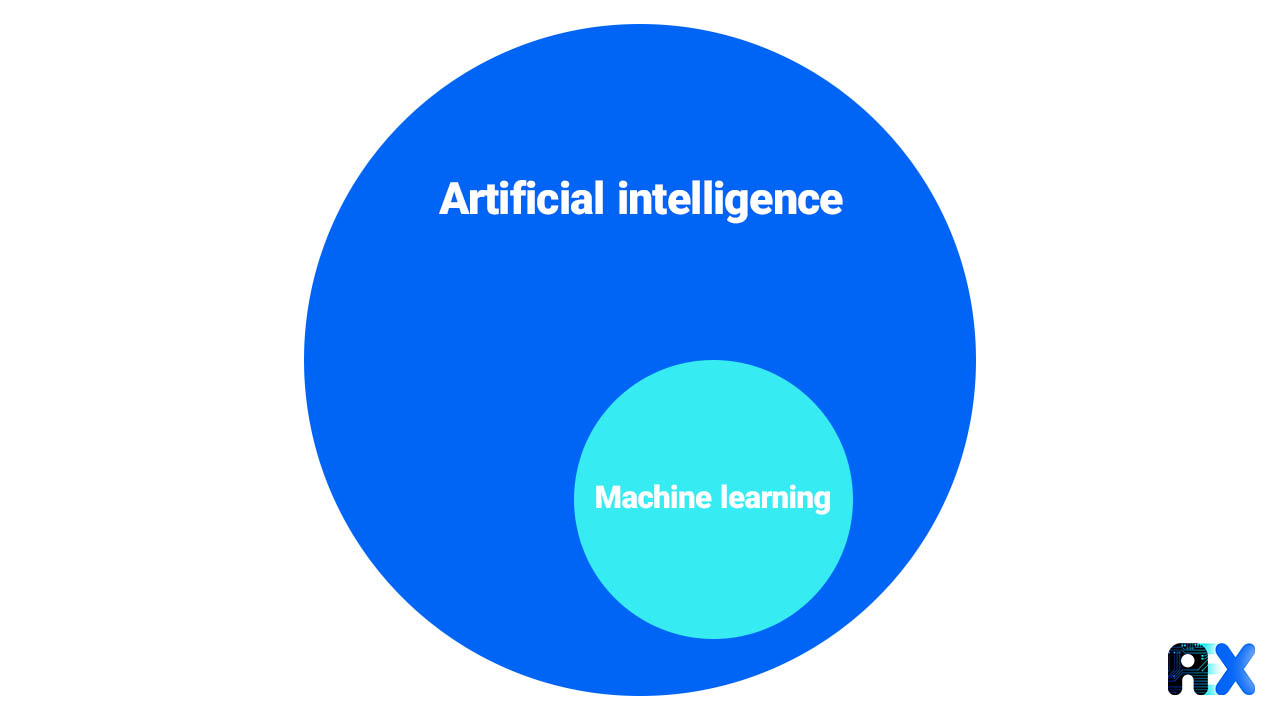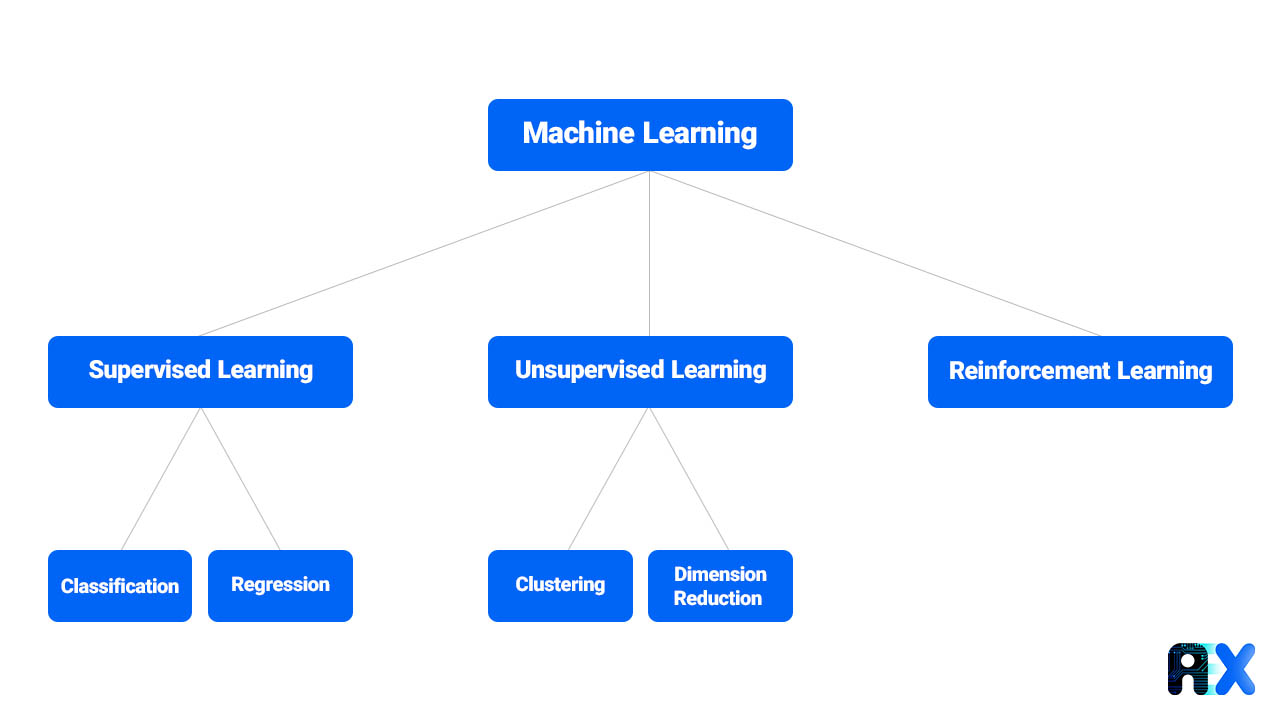Contact Info
133 East Esplanade Ave, North Vancouver, Canada
Expansive data I/O tools
Extensive data management tools
Dataset analysis tools
Extensive data management tools
Data generation tools to increase yields
Top of the line hardware available 24/7
AIEX Deep Learning platform provides you with all the tools necessary for a complete Deep Learning workflow. Everything from data management tools to model traininng and finally deploying the trained models. You can easily transform your visual inspections using the trained models and save on tima and money, increase accuracy and speed.
High-end hardware for real-time 24/7 inferences
transformation in automotive industry
Discover how AI is helping shape the future
Cutting edge, 24/7 on premise inspections
See how AI helps us build safer workspaces


Machine learning is a sub-branch of artificial intelligence that studies algorithms behind computer programs capable of learning automatically from experience. Machine learning models build their logic based on the example data they receive and rely on algorithms to improve their predictions based on their current performance; as a result, they can learn and act without explicitly programmed instructions.
Several learning methods are common in machine learning. The algorithms to train models fall into one of the following categories.
It is better to use an example to explain each category. Let’s consider the experience of a young child exploring his world for the first time. A child’s learning process is similar to that of a machine. Let’s say we want to teach our child the difference between an orange and an apple. In supervised learning, inputs and outputs are clearly defined, and an observer provides data and information (labels) to the learner. So we show each fruit to the child and repeat its name. Unlike supervised learning, which uses specific data, unsupervised learning does not require labels, and the learner must look at a particular pattern in the data to learn categories. So in an unsupervised learning example, we put a number of apples and oranges in front of the child without him knowing their difference beforehand and ask him to sort them into two separate categories and monitor his process. Reinforcement learning is based on rewards and punishments. In this learning method when an action is performed correctly, the model gets a reward and gets punished for incorrect actions with a reduced score. In this type of learning, the model attempts to increase its scores, which indicates that the model is learning correctly. In the case of a child, the parent shows the child an apple and asks him to identify it. A reward should be given to the child if he correctly identifies the fruit, and a warning if he incorrectly identifies it. As this process continues, the child becomes more adept at identifying fruits. Semi-supervised learning is a combination of supervised and unsupervised learning methods.

Recently, machine learning has gained a great deal of attention. Despite the discontinuation of some old methods, machine learning has demonstrated success in a wide range of fields. We are now able to easily solve many old and new unsolved problems. We have listed some of the several areas where machine learning has proved useful:
Natural language processing, voice, and language recognition programs.
The first step in building a machine learning model is to collect data for training. To have a model that can learn all future problems successfully, the selected training data should be representative of all the possible combinations of outcomes. In machine learning, the dataset is usually divided into three parts: the main part is used for learning, and the validation and test datasets are used to evaluate the model.
The second stage is the selection and training of a model. Various machine learning algorithms and models have already been developed and modified for improvements. Depending on the requirements of our problem, we can choose a model and train it.
Machine learning models learn various patterns and features of the provided data during training. Models can learn to perform different tasks, such as classification and regression analysis. After we had trained one, we then need to evaluate it using the test and validation datasets to ensure it has found the right patterns in the data.
Hyperparameters are parameters the model cannot estimate by itself and must be specified by the user before the algorithm runs. They are very important for the learning process, so choosing the proper value will help improve the learning of the model.
You can enter your email address and subscribe to our newsletter and get the latest practical content. You can enter your email address and subscribe to our newsletter.
© 2022 Aiex.ai All Rights Reserved.